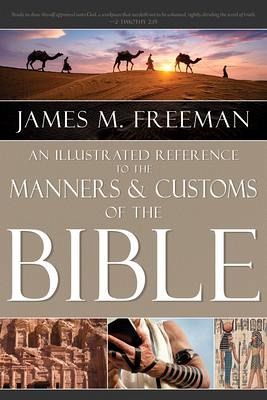
An Illustrated Reference to Manners & Customs of the Bible
Versandkostenfrei!
Versandfertig in über 4 Wochen
22,99 €
inkl. MwSt.

PAYBACK Punkte
11 °P sammeln!
Any study of the Bible inevitably turns up situations that give us pause. We wonder: * How could ancient peoples use slime for mortar? * Why is lifting up your eyes a sign of respect? * What were the images that Rachel stole from her father? * Why would a grieving family hire mourners? * How did people in biblical times cast lots? * What made the housetop so important? Author James Midwinter Freeman (1827-1900) takes you through the Bible, from Genesis to Revelation, to explain different Oriental manners and customs that were common to people in ancient times, some of which are still evident i...
Any study of the Bible inevitably turns up situations that give us pause. We wonder: * How could ancient peoples use slime for mortar? * Why is lifting up your eyes a sign of respect? * What were the images that Rachel stole from her father? * Why would a grieving family hire mourners? * How did people in biblical times cast lots? * What made the housetop so important? Author James Midwinter Freeman (1827-1900) takes you through the Bible, from Genesis to Revelation, to explain different Oriental manners and customs that were common to people in ancient times, some of which are still evident in the East today. An Illustrated Reference to Manners & Customs of the Bible is a handy reference book filled with more than 140 helpful illustrations and fascinating information that you will turn to again and again. It will greatly aid anyone wishing to increase their understanding of the traditions, customs, and observances of biblical times.




![The Manners And Customs Of The Jews [extr. From Biblical Geography An Antiquities.]. Revised Cover The Manners And Customs Of The Jews [extr. From Biblical Geography An Antiquities.]. Revised](https://bilder.buecher.de/produkte/75/75498/75498819n.jpg)
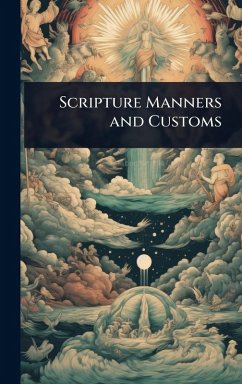
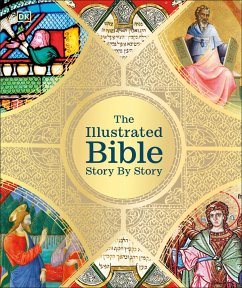
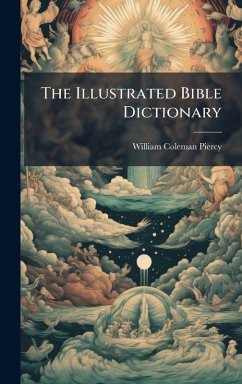
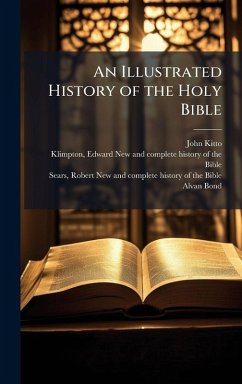
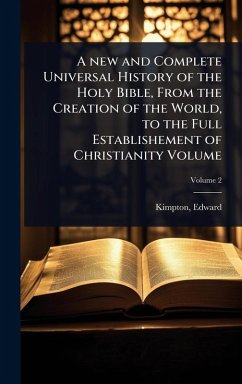

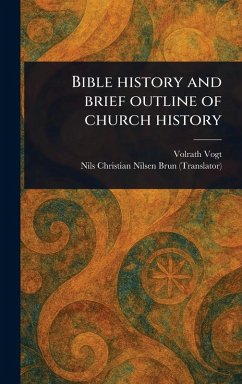

![Index to the Bible [By J. Priestley] Cover Index to the Bible [By J. Priestley]](https://bilder.buecher.de/produkte/74/74428/74428519n.jpg)